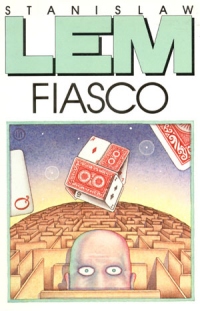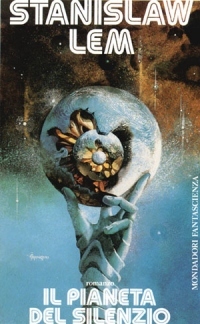Translations, Editing, Covers
These are three paratextual areas that I would like to explore in more detail. Specifically, I’m interested in the current utility of and history of past attempts to use translations as a way of illuminating textual cruxes. Kevin Canty told a class I was in that the Danish (possibly Dutch) translator of one of his books was the only person to ever note that he switched the models of car that a character was driving. Those types of errors have little phenomenological interest in the study of fiction, I’d suppose, but the records of more substantial translator/author correspondence would be interesting to read. (All of this would require some measure of polyglottery, of course, though most of the correspondence itself would have to be in the source language.)
Among the many interesting reminiscences posted at McSweeney’s about Wallace are those by his former editors. While researching the editor/author relationship is not particularly novel, I am interested in particular discussions of the aforementioned cruxes. How often do editors spot them, for example? I suspect that much of this valuable correspondence remains archived by the publishing houses for longer than is necessary.
Finally, a few words about book covers. I have linked to before this collection of different covers of Lem’s books. Here are two of his novel Fiasco:


As far as I can tell, only the Italian translator didn’t use the cognate for “fiasco,” perhaps because of the obscure etymology of this Italian word. I do believe that the FTL mechanism in Fiasco relies on bottle-like metaphors, so “The Silent Planet” might miss out on that a bit. The whimsical American edition captures the book’s reliance on game theory metaphors (and Cold War allegory also, possibly), while the Italian cover’s choice of a hand supporting the clockwork world seems textually undersupported.